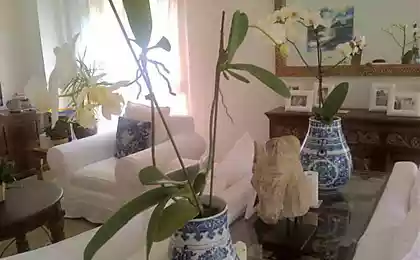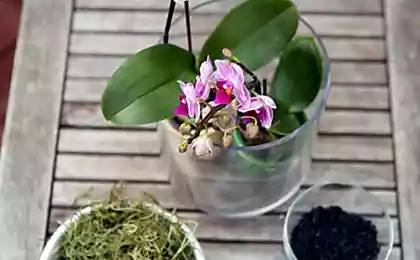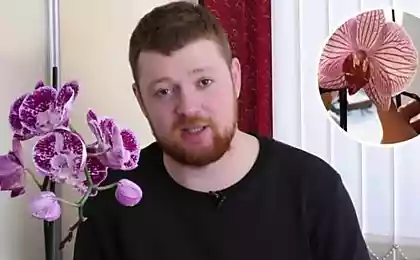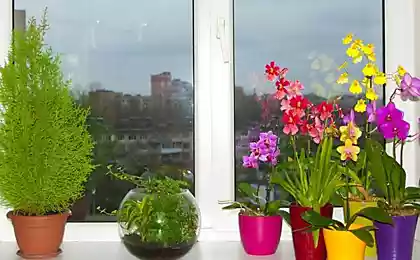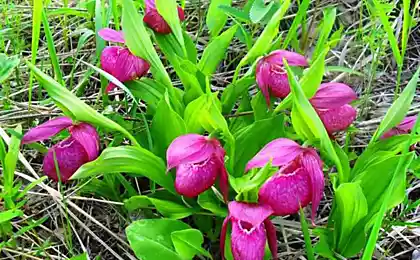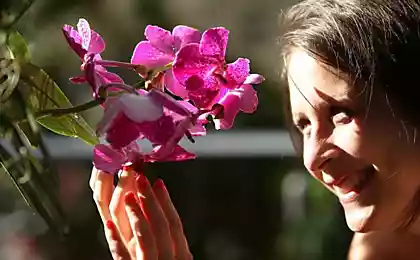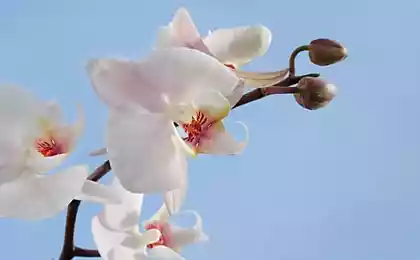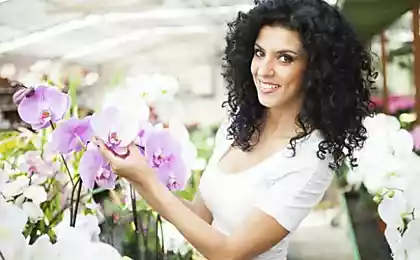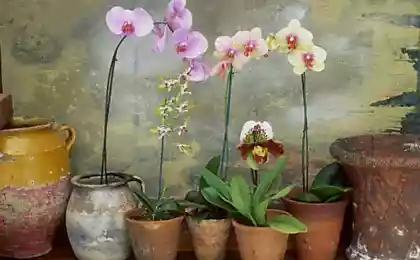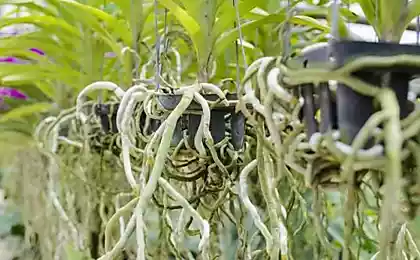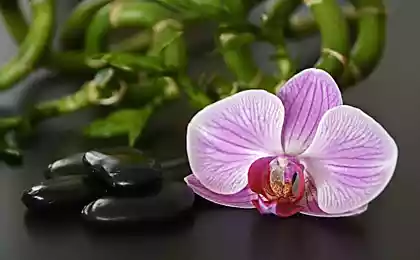406
Rules of planting orchids

Photo: thinkstockphotos.com
Orchid is a very capricious plant, requiring not only nursing care, but the correct planting and transplanting. Room considered species such as Dendrobium, Phalaenopsis, oncidium. They adapt well to growth at home.
After the acquisition of Orchid it is required to replant at home a pot where it will grow further. This is necessary in order to adapt to new conditions. Correct transplant involves the release of a root from the ground so that the root has not been damaged or changed. Plant hold not only for the stem, and from below, otherwise there is a risk to violate its integrity.
By placing the Orchid in a new pot, the roots are insulated with moss or bark, to enable the development of new buds for reproduction. Then create the necessary drainage of pebbles, small stones or broken bricks. Then carefully poured the substrate, carefully dried and prepared. Watering is not necessary during the week, only to be sprayed from a spray.

Photo: thinkstockphotos.com
The substrate is a special soil for orchids, which holds sufficient moisture, missing out the sufficient amount of air to the roots. It depends on how well the plant will survive in a new environment. The substrate can be shredded bark (not sawdust!), moss, charcoal, fallen leaves. All these organic components to the soil well together, and most importantly — meet all the requirements of growing orchids at home.

Photo: thinkstockphotos.com
If you want not just to plant a plant, and to propagate it, you must first carefully remove it from the pot. After that, the roots are cut with shears into small pieces so that each of them had pseudobulbs. The pot is placed a substrate is prepared and then sprayed from the spray roots are covered with moss. Should be embedded in the pot pieces of roots can not be, otherwise they'd just rot away without giving germs. Between the roots there should be enough space so that the shoots do not interfere with each other to grow.
The pots for orchids to be with a large number of holes on the bottom and sides so that the roots can breathe and air out. It is noteworthy that terrestrial species are transplanted from the stem, because they have no pseudobulb. For planting such a species of Orchid plants, cut off the top part where there are air roots. They look like small spines-tendrils. The severed portion abundantly and regularly sprayed until until a full kidney. After this, the plant is transplanted. When the kidneys give the roots, they are seated in different pots that the orchids gave each other to grow normally.published
Source: domashniy.ru/
